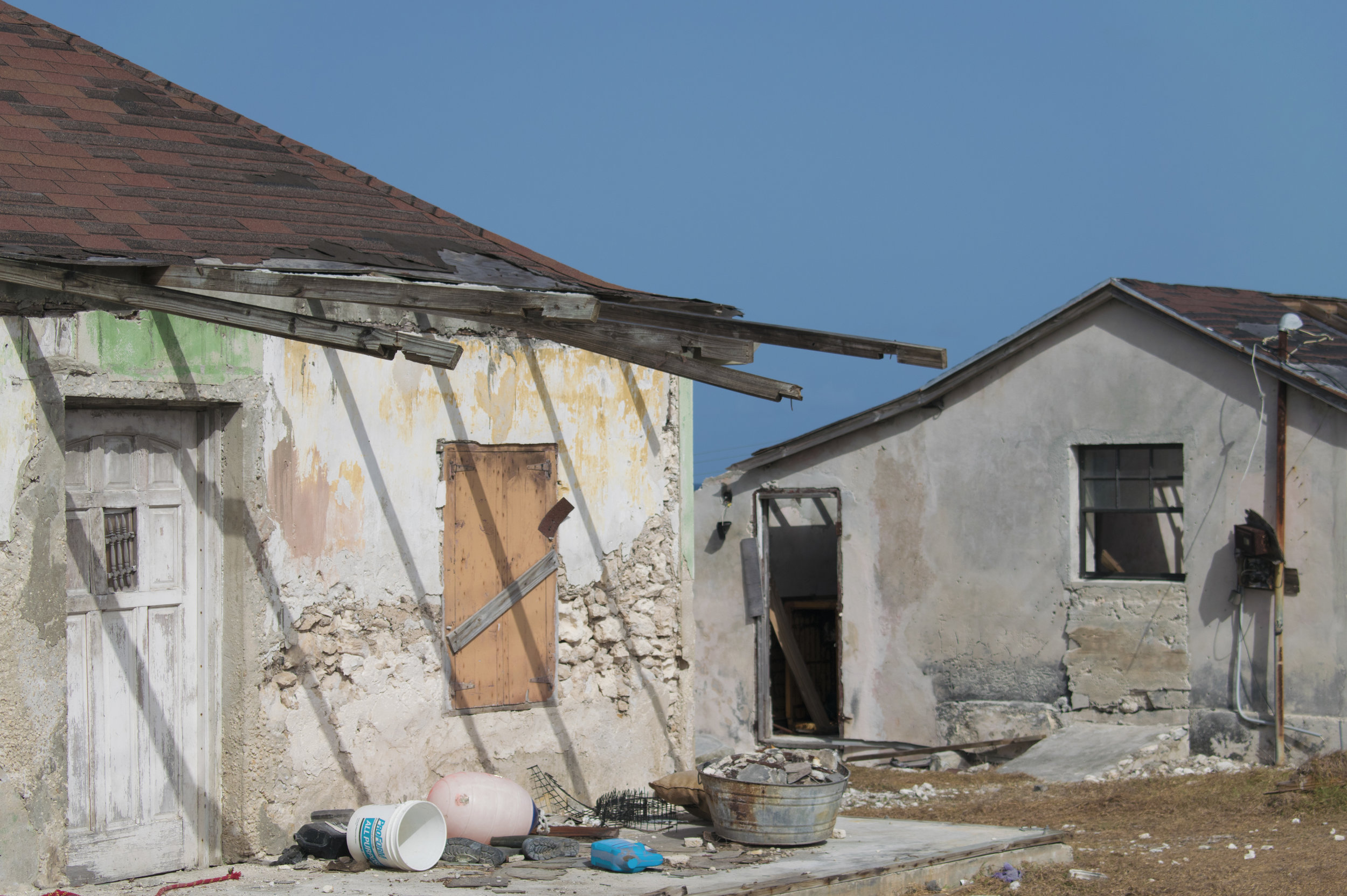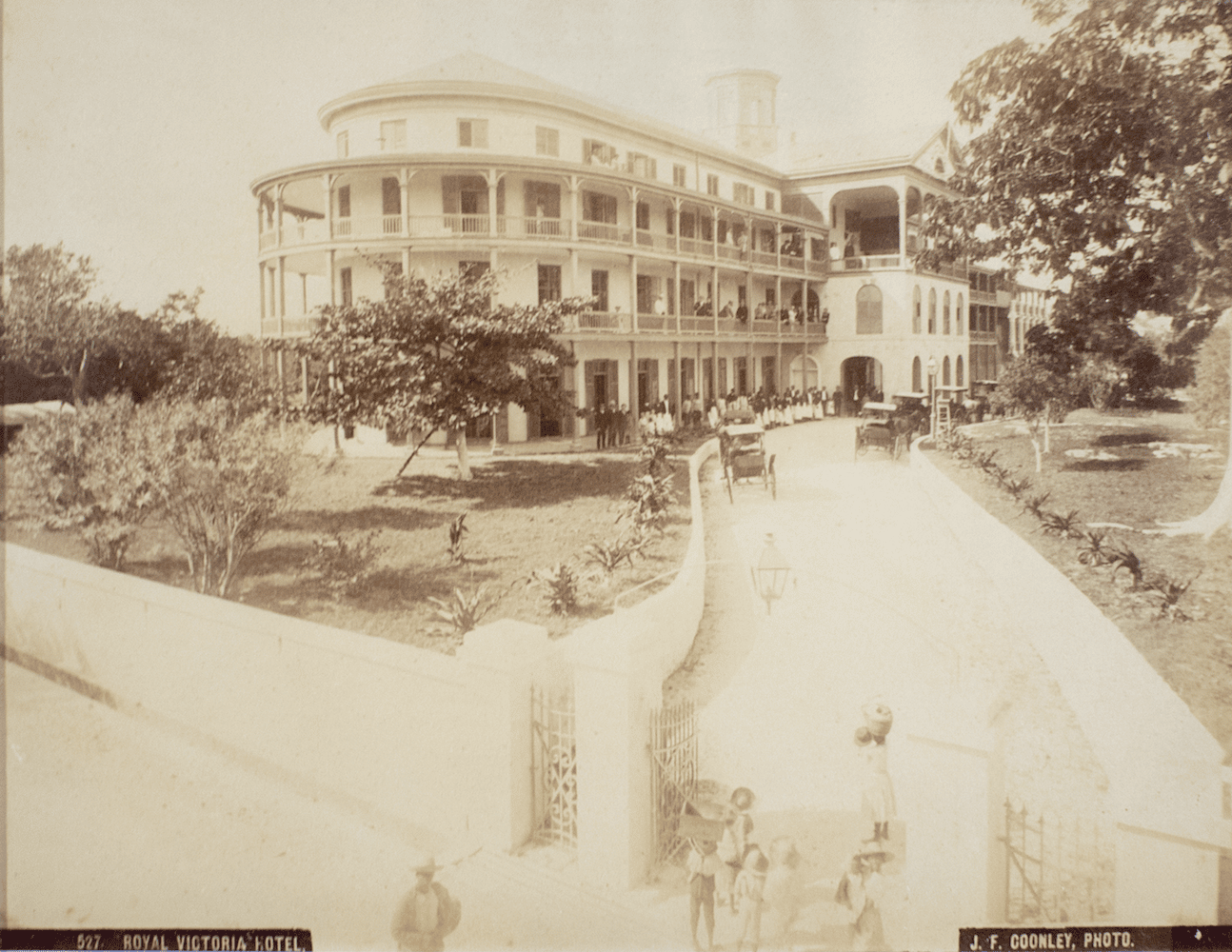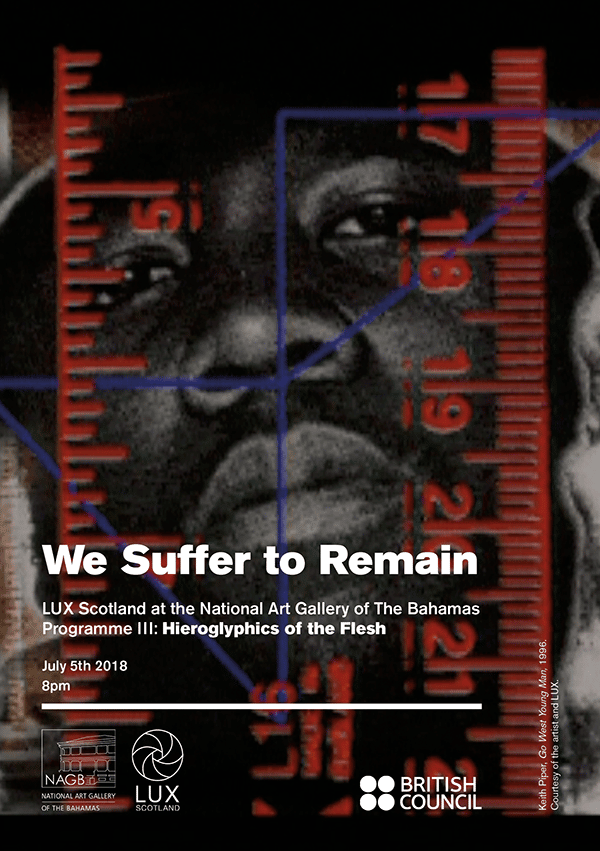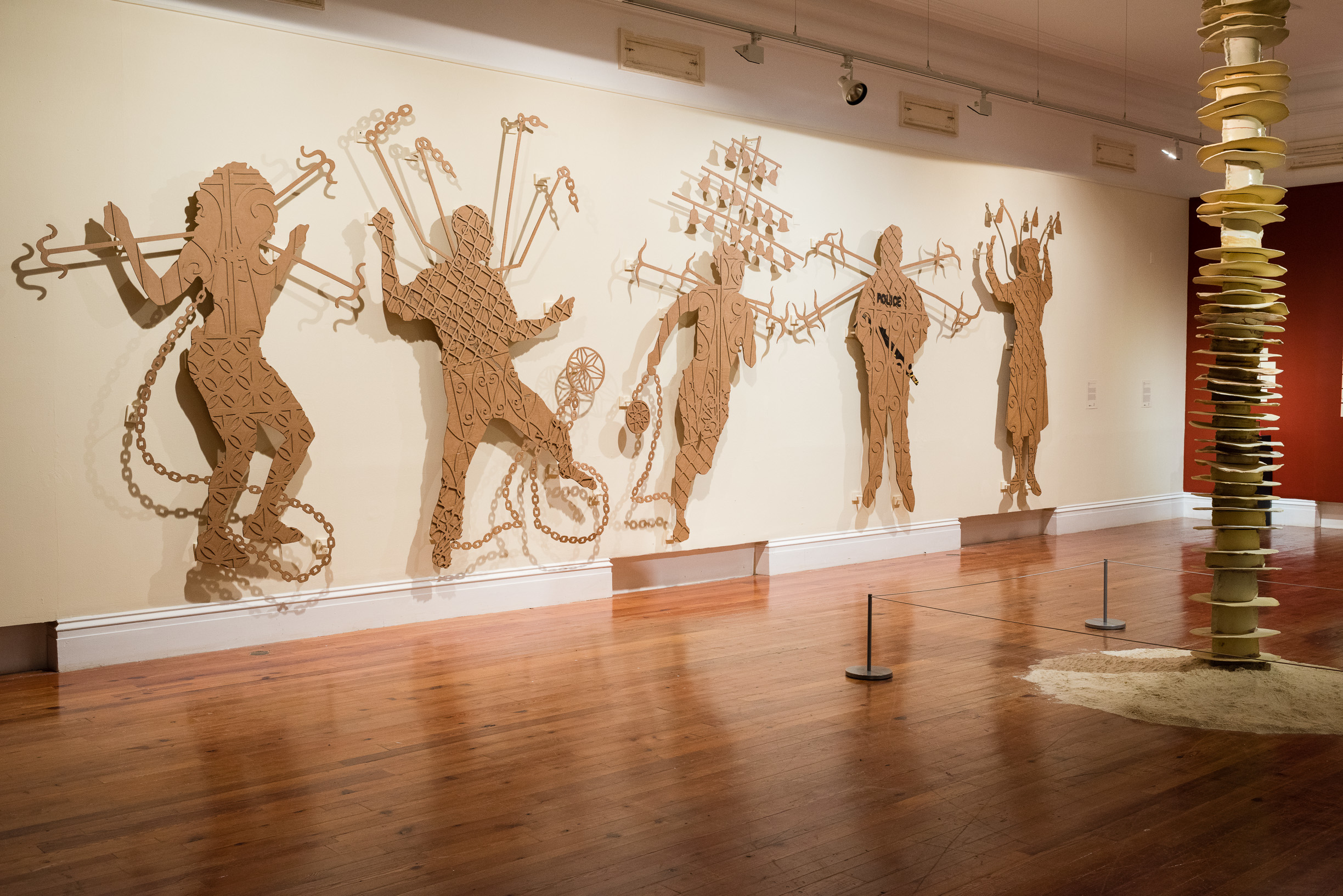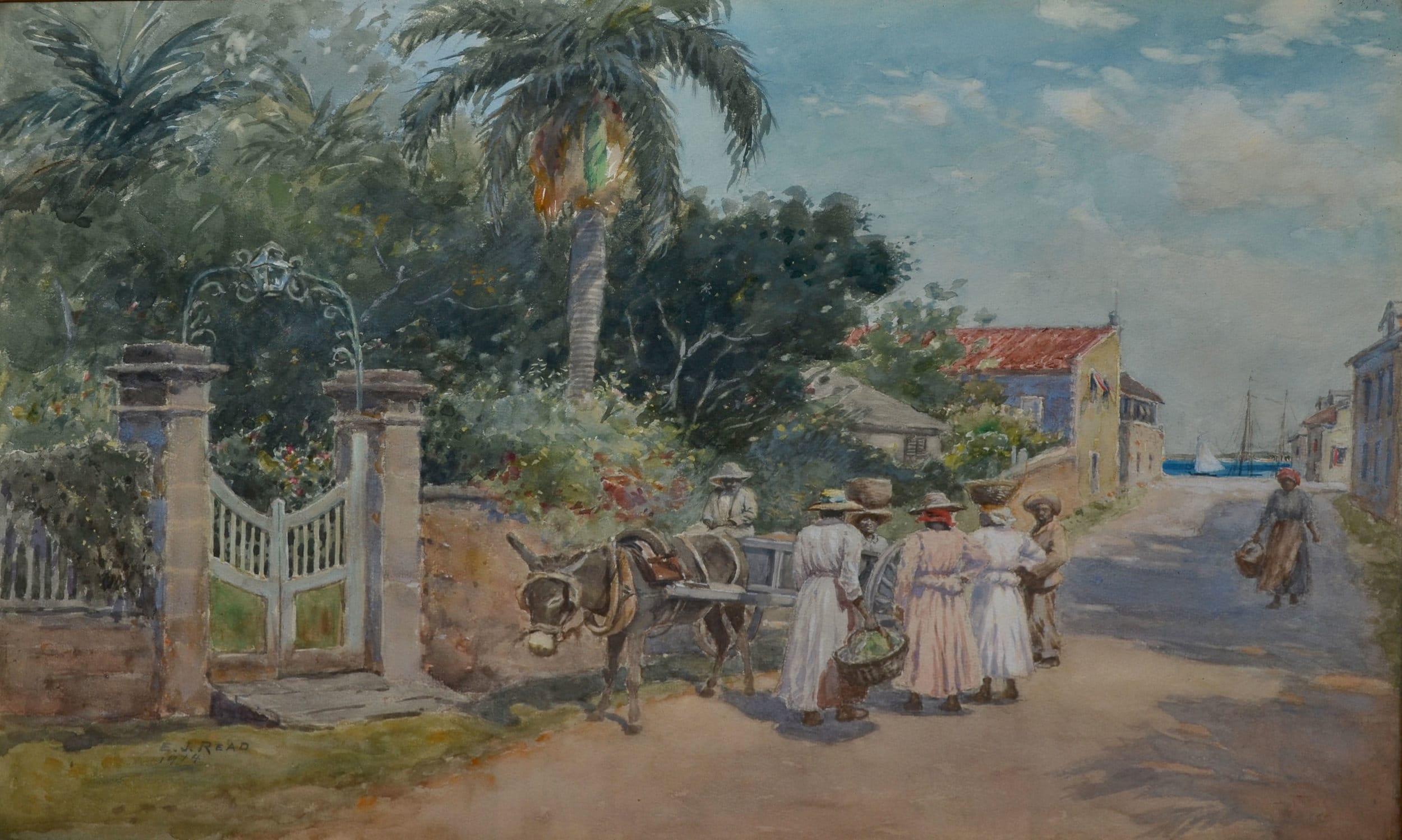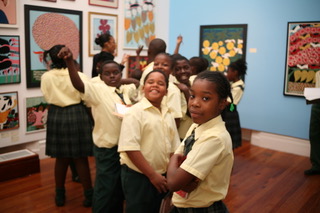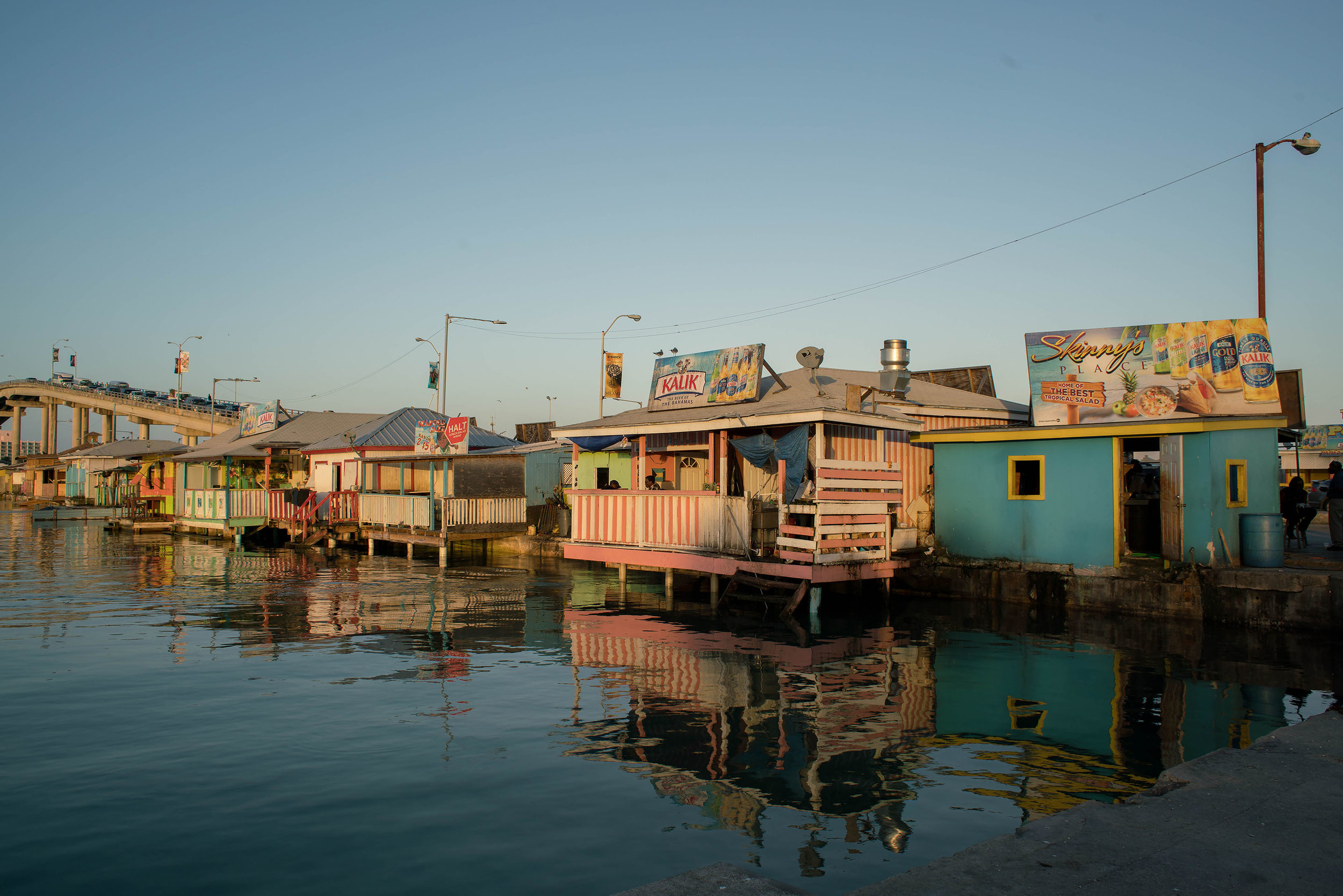For the closing event and finissage of the exhibition “We Suffer To Remain” -Sunday, July 29th–we are left to critically, crucially, question the work of language. “I suffer to remain, Saint of a wild mad Land”. The Caribbean has transitioned from this “wild, mad land” of disease and mystery into the tropical Eden we ubiquitously see in media today. But just what makes this place what it is? Who suffers to remain, and who are the saints and sinners? Sometimes it is easy to get lost in the cacophony of voices in the history of this region. In a place suffering from the silencing of so many, it is harder still to discern what voices are speaking – be they loud, soft, deafening, or a whisper.
All posts by Natalie Willis
The art of living in the tropics: An art of survival?
By Dr Ian Bethell-Bennett. The University of The Bahamas. The savagery of hurricanes is clear as people struggle to recover and survive. This is the first of a three-part series that journeys through and to the Southern Bahamas, to Ragged Island. It is an exploration of connectivity, innovation and cultural erasure meeting with opportunity, though not for all. As a part of the content for The Bahamas pavilion at the Expo 2020 “Connecting Minds Creating the Future”, to be held in Dubai United Arab Emirates beginning on 20th October 2020, a group of researchers sought to collect data and stories of life in the tropics. The focus will be revealed as the stories unfold. With the theme of sustainability, the question becomes: can any of us be truly sustainable in a cultural reality that threatens erasure through natural and man-made situations?
Aftermath: Field Notes on Loss and Belonging
Ethan Knowles, Guest Intern for the Double Dutch 2018 Project. When I first came back home I was afraid. Though the hurricane was long over, and the news said that all the rotting carcasses had been cleared away, I was afraid nonetheless. I was afraid because I barely recognized anything. Riding around in Aunty Mary’s two-seater truck, I couldn’t spot the crowds of red mangrove that would ordinarily welcome me home after so many hours spent on the mailboat. Instead, I saw angry, misshapen skeletons tearing at the shore. I didn’t see Uncle Freddy or Ma Pat working the salt flats either. In fact, I didn’t see anyone down there – just flooded pans and brooding boundary lines. I turned away to gaze at the sea. I scanned the horizon carefully, but there wasn’t a boat in sight; and when I spun around to survey the land, I couldn’t make out a single child’s mother gathering tops in the bush.
On Our Memorial Gaps: Review of new exhibition, “Hard Mouth: From the Tongue of the Ocean,”
Africa, Agency, and Atom Spirits: Does the body remember the journey across the Atlantic?
NAGB Responds to British Council Decision
Over a year ago, the National Art Gallery of The Bahamas (NAGB), entered into a formal agreement with the British Council to craft the final iteration of the “Difficult Conversations” series of exhibitions, public conversations and student mentorships, reflecting on the UK’s involvement in the transatlantic slave trade throughout the Caribbean. The NAGB produced, in collaboration with the British Council, “We Suffer to Remain,” a group exhibition that supported the works of John Beadle, Graham Fagen, Sonia Farmer and Anina Major, and a series of public programmes—artists talks, public lectures and film screenings—that spoke in expansive ways about Blackness, ownership, the vestiges, trauma and the legacy of the transatlantic slave trade and the implications of the empire in relation to its colonies.
Open Call for Potcakes: Show us your potcakes!
The National Art Gallery of The Bahamas is celebrating the Chinese year of the Dog with a call for Potcakes. Would you like to share your experience of observing, owning or knowing a potcake Bahamian artists are welcome to submit works in any medium: painting, drawing, sculpture, ceramics, printmaking, photography, video, textile, installation and mixed media. The potcake is a staple of life in The Bahamas. It’s presence not only speaks to the fragility of how we care for living things but also the strength and fortitude of these resilient animals who become a part of our lives. For ages, the Potcake has been seen as an icon and signifier of Bahamianness, and even though the word is shared in other Caribbean countries, there is a unique relationship developed between the canine and the wider community.
From the Collection: “East Street With Donkey and Cart” (1914) by E J Read
By Natalie Willis. Elmer Joseph Read, an American artist (b.1860, death date unknown), painted scenes of life in Nassau that provide a strange sense of documentary and fiction. They are stylised images, but the way Read tries to capture his perspective of life in the capital at the time is useful to us for a few reasons. It helps us to see how Nassau has changed over the years, and it also shows us how those who many modern day Bahamians are descended from were seen in that time. So many of the colonial paintings from this time use the iconography of smiling natives, women in headwraps, along with lush greenery and sea-glass ocean water as colonial propaganda. It gave a way to say, “Look how beautiful and safe and bountiful this empire is!” But these sentiments and picturesque ideals aside, uncomfortable as it may be at times, are still things we feel today, albeit in an evolved and shifted form.
The Magic School Bus Initiative: The Central Bank partners with the NAGB to encourage school tours
By Malika Pryor Martin. Thanks to the support and partnership of the Central Bank of The Bahamas, the National Art Gallery of The Bahamas (NAGB) is pleased to announce limited free bus service for primary and secondary school tours! At this time, the offer is available to all government schools in New Providence. “The Magic School Bus” Initiative, as it is affectionately titled, will facilitate the visitation of more than 800 students to The Bahamas’ preeminent arts institution.
Potter’s Cay: Markets and the Importance of Public Spaces
By Dr Ian Bethell-Bennett, The University of The Bahamas . “Traversing the Picturesque: For Sentimental Value” provides an invaluable view into the way the islands have been visioned for decades. It is a unique and important show that serves as a historical and current window into a perspective that adds value to our discussions and to how we see ourselves. Working in tandem with “We Suffer to Remain”, both shows provide an incredibly fruitful and open discussion for the cultural materialism and intermateriality cross-materiality that allows deeper and broader understanding of where we live and how we live here. The latter show deals with the loss of tangible and intangible cultural heritage of slavery through erasure. The periphery, the colony where the history physically took place has gutted its memory through a process of deletion and writing over.


